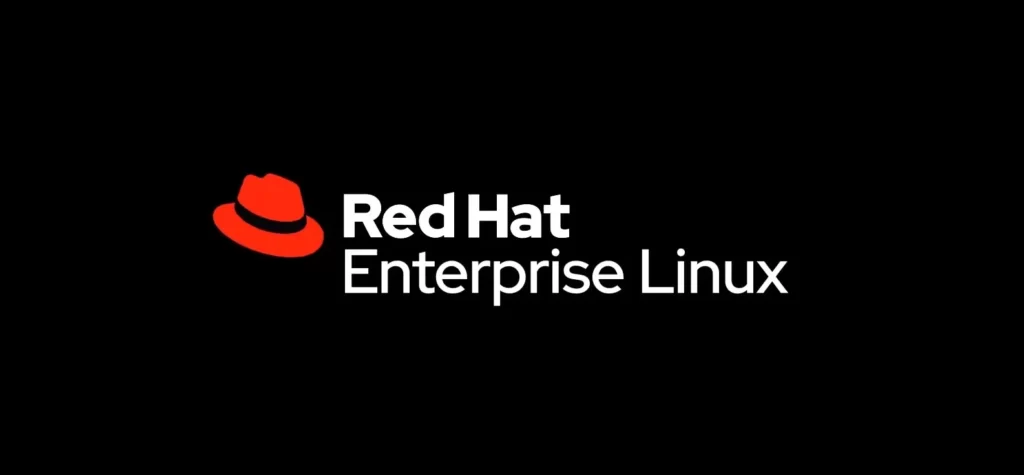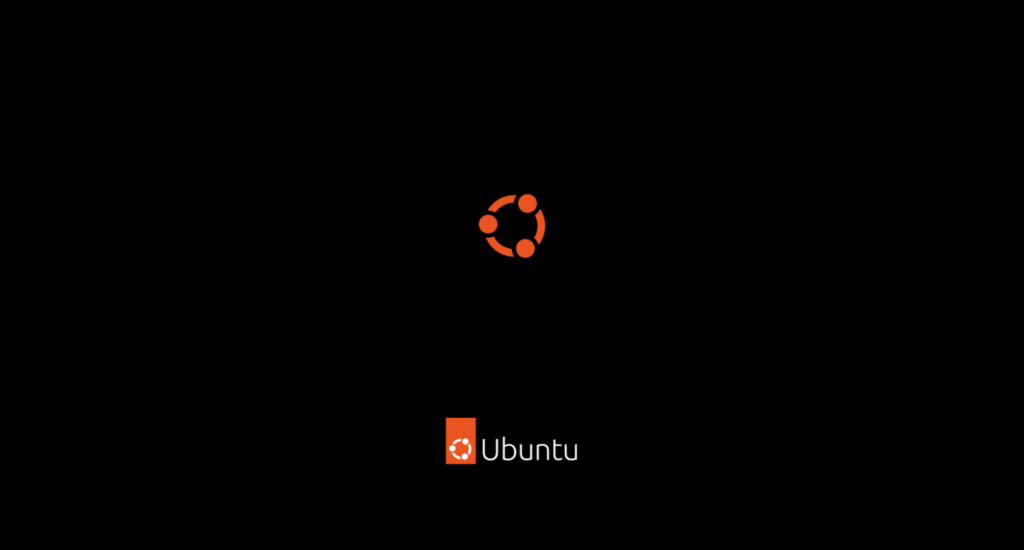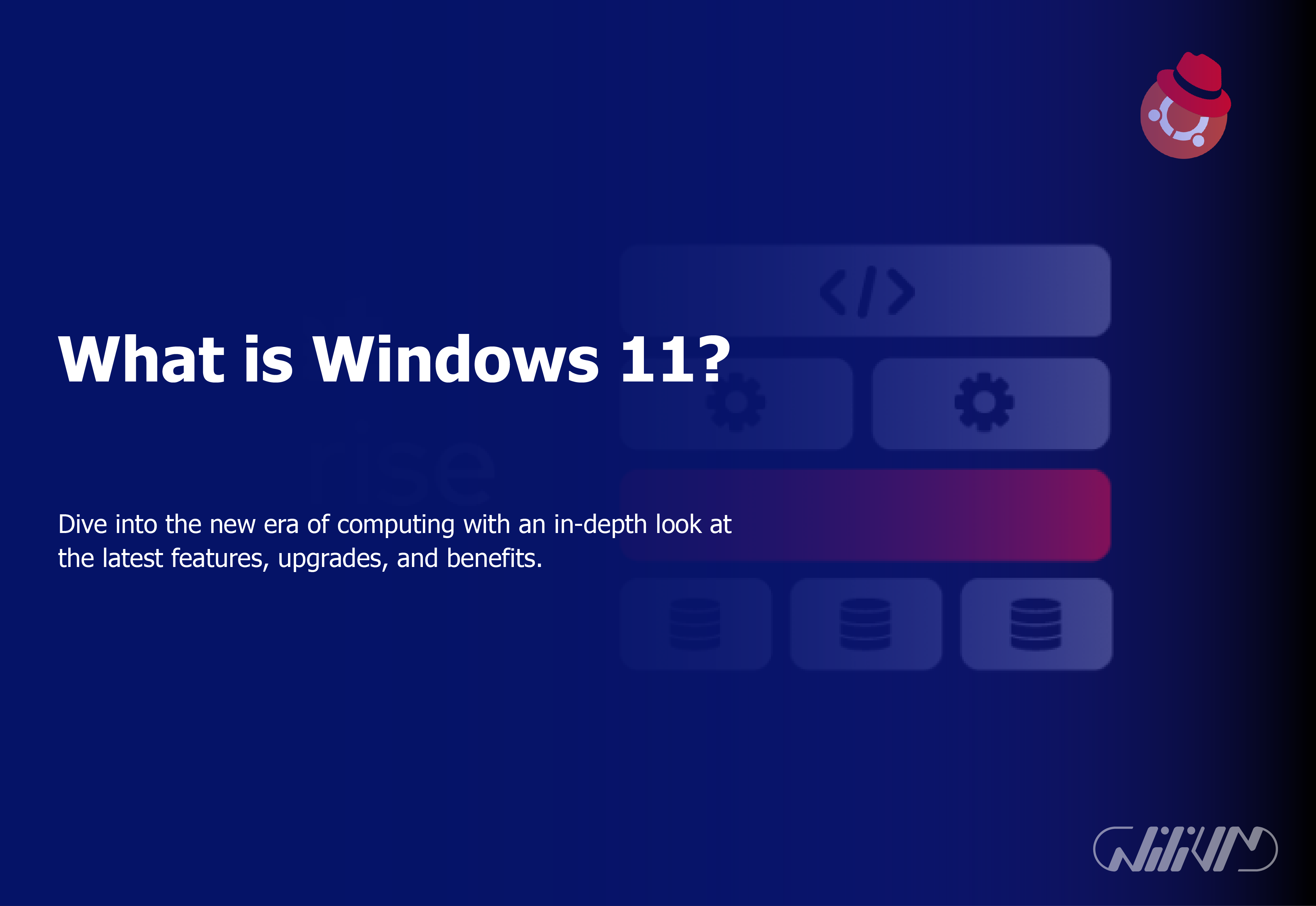Ubuntu VS Redhat
In the broad world of Linux operating systems, Ubuntu and Red Hat stand as giants, each with their own set of strengths and weaknesses. Understanding the differences between Ubuntu and Red Hat requires examining your demands and weighing their characteristics. This article compares these two Linux distributions in depth, looking at user experiences, performance, support, and other factors.
Upgrade your hosting: Buy Linux VPS for optimized performance. Explore Ubuntu VS Redhat benefits
Contents
What is Linux?
Linux is a socially conscious operating system. It is used on many computers on the market, and many distributors provide this operating system to computer systems. The market leaders, Ubuntu and Red Hat, are among them.
Red Hat Linux

Linux is one of the most well-known operating systems on the market, and various distributors, including Red Hat, supply this OS to customers. Red Hat Commercial Linux was the name given to their early releases. Red Hat Enterprise Linux is one of Red Hat’s later and more well-known editions. RHEL is available in a variety of server and desktop flavors. It accommodates practically all types of loads, regardless of whether it is a cloud system, virtual system, or physical system.
RHEL’s first releases were open-source, but later Red Hat collaborated with the Fedora organization and maintained two separate versions of Linux red hat OS systems. RHEL is more stable with fewer version releases, while FEDORA has more frequent version releases. RHEL utilities include Firefox, CUPS, MYSQL, OpenOffice, Python, and more. Redhat released Anaconda, a graphical installer.
Ubuntu Linux

Ubuntu means “humanity to others,” and this efficient software is created with this in mind in all of its levels. Ubuntu is yet another open-source operating system and Linux distribution; Ubuntu is suitable for business, education, and personal home usage. Ubuntu is based on the Debian operating system. It has around 20 million users under its belt.
GUI-based operating system with the following features:
- The look and feel of the system
- Developed towards usability and ease of use
- The organization of the desktop
- How the user navigates the desktop
- Windows software like Firefox, Chrome, etc., is supported by default in Ubuntu desktop versions.
- Fast Boot and fully-functional
- Keyboard language selector
- High customization
- Community-based OS
Ubuntu VS Red Hat: Exploring the Key Differences
Both Ubuntu and Red Hat, which are based on open-source software, cater to different user bases and use cases. Let’s look at their differences so you can make an educated selection.
User Base and Community Support
Ubuntu has a large user base, making it an excellent alternative for newcomers. Its user-friendly design and rich documentation make it simple to get started for newbies. Red Hat, on the other hand, focuses on corporate settings, providing powerful solutions and devoted client support. Its user base is made up of more experienced individuals and IT teams looking for dependable performance.
Package Management
Ubuntu uses the Debian package management framework for package management. This system prioritizes simplicity of use and a diverse set of software options. In contrast, Red Hat uses the Red Hat Package Manager (RPM) system, which caters to a more regulated environment and ensures reliability in business deployments.
Performance and Stability
Ubuntu is well-known for its consistent release cycle, which provides the most recent features and upgrades. However, this may sometimes cause compatibility concerns. As a business distribution, Red Hat promotes stability over new features. As a result, it is a recommended solution for important systems requiring reliable performance.
Software Repositories
Ubuntu’s repositories are extensive and constantly updated, offering a wide range of software options. Red Hat’s repositories, on the other hand, are more constrained, focused on vetted packages to assure security and stability.
Licensing Models
The licensing models of the two releases are significant differences. Ubuntu adheres to a free and open-source approach, allowing unlimited access to its software. Red Hat, despite providing a free version (Fedora), generates the majority of its money via business subscriptions that provide extra functionality and support.
Security Features
Security is an important feature of every operating system. Ubuntu emphasizes community-driven security measures, using its large user base. With an enterprise emphasis, Red Hat offers enhanced security features such as SELinux (Security-Enhanced Linux) to safeguard sensitive data and systems from possible attacks.
Desktop vs. Server Focus
Ubuntu shines as a desktop distribution, with an easy-to-use interface and a wide range of pre-installed programs. It’s ideal for personal usage as well as small companies. Red Hat, on the other hand, excels as a server distribution designed for enterprise performance and durability.
GUI Environments
Both Ubuntu and Red Hat provide a variety of graphical user interfaces, enabling users to adapt their experience to their tastes. GNOME is extensively used in Ubuntu, although Red Hat supplies GNOME as well as its own interface known as Red Hat Enterprise Linux Desktop.
Red Hat vs Ubuntu in a Nutshell
Red Hat
- It is expensive.
- Red Hat Enterprise Linux
- The release timetable ranges between 5 years.
- Less frequently updated
- Java GNOME is the default desktop.
Ubuntu
- Costless (Basic Version)
- Ubuntu Linux is a free and open source operating system.
- The release timetable ranges between 10 years.
- Regularly updated
- Node JS GNOME is the default desktop.
Conclusion
The decision between Ubuntu and Red Hat is based on your individual demands and preferences. If you’re a newbie searching for a simple system to use for personal or small business purposes, Ubuntu’s welcoming interface and broad community support make it a good alternative. Red Hat’s enterprise-focused features and solid security procedures, on the other hand, have you covered whether you’re an IT expert or operating vital systems that need top-notch reliability. Whatever you choose, both versions demonstrate the strength and diversity of the Linux ecosystem.
FAQs
Can I use Red Hat for personal use?
While Red Hat offers Fedora, a free version suitable for personal use, it's primarily designed for enterprise environments.
Which distribution is more stable?
Red Hat prioritizes stability with its rigorous testing, making it a better option for critical systems.
Is Red Hat suitable for small businesses?
Yes, Red Hat offers solutions tailored to businesses of all sizes, including small enterprises.
Can I switch from Ubuntu to Red Hat?
Switching distributions requires some effort, as configurations and package management systems differ. It's advisable to consult resources for a smooth transition.







